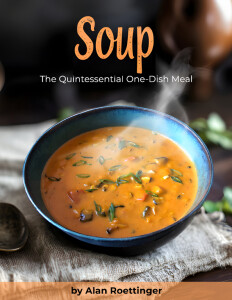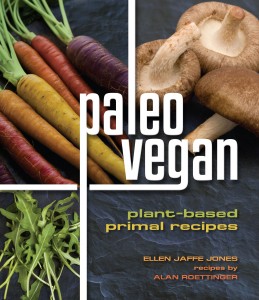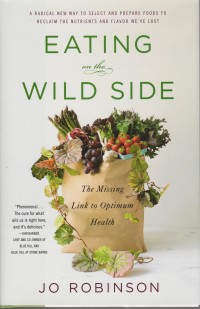As I mentioned in yesterday’s post, I’ve been exploring ways to incorporate fresh turmeric into various dishes, in order to combine the health benefits of this remarkably medicinal vegetable with the pleasure of eating it. Of course there are a few straightforward, simple options, like adding it to blended drinks, or tossing some grated into a salad. But I like to see what new effects can be coaxed out of ingredients–especially ones with such concentrated flavor and color as fresh turmeric has.

Coincidentally, some other considerations came up recently. Last weekend was a busy time, what with my participation in a major sporting event among other things, so no one had been into the garden to check on the produce. After several days of fairly heavy rainfall, the zucchini plants had become a bright green sprawl of bobbing leaves so dense it was hard to see anything underneath. Understandably, one squash was overlooked for a few days, and by the time my wife found it, we had a one hefty cudgel to contend with. This is not by any means ideal for cooking, because at this stage the squash is mostly water, with a very diluted flavor. The only way to deal with it was to cook it right away before the skin had a chance to get dry and tough. So here’s how it all came together:
I sautéed about four cups of thinly sliced white onion in a couple tablespoons of coconut oil until just beginning to soften. Then I added about a tablespoon each of minced garlic, finely grated turmeric root and fresh ginger. I set this to cook over very low heat, so that the flavors would flow into one another. As this happened, I grated the monstrous zucchini and added it to the pot. I went about some other tasks while the liquid released from the vegetables reduced down to a few tablespoons, and then added a can of coconut milk. By now the dish had turned a pale yellow with mere flecks of green.
I scooped out about three-quarters of the mixture and puréed it in the Vitamix with a few cups of vegetable bouillon and a few green serrano chiles (green chiles, by the way, are the most anti-inflammatory food there is). Then I returned the puréed soup to the pot, stirred well to combine it with the solids, and reheated it. On a sudden whim, I threw in a pinch of saffron, which turned out to be an excellent call, because this put the considerable heat of fresh green chiles in an elegant context. As soon as the soup was hot, I took it off the stove and stirred in a handful of coarsely chopped basil.
To serve, I ladled the soup into low bowls, strewed a few long strips of basil across the surface, and added dots of paper-thin shaved raw turmeric root. As a finishing touch, I ground black pepper over the soup and sprinkled on a few grains of Haleakala red sea salt.
It’s a well-established fact that we absorb and assimilate nutrients much better and more readily when they are in food than we do when they come as supplements in pill form–and even more so in food that we truly enjoy eating. It’s common sense, really, if you think about it. The human body is–to risk using a loaded word–designed for enjoyment. We function at our optimum when we’re in harmony with our environment, and we digest best when what we eat is appealing to our senses.
This isn’t to say that our senses can’t be fooled. We might in fact enjoy eating something that is ultimately harmful–like potatoes crisp-fried in duck fat, for example. That might be delicious to some people, but eating it regularly could have a terrible impact on their arteries. The trick is to find ways of preparing beneficial foods, in ways that protect their healthful properties and bring us joy.
.









Sounds delicious!!